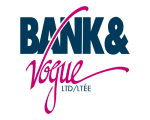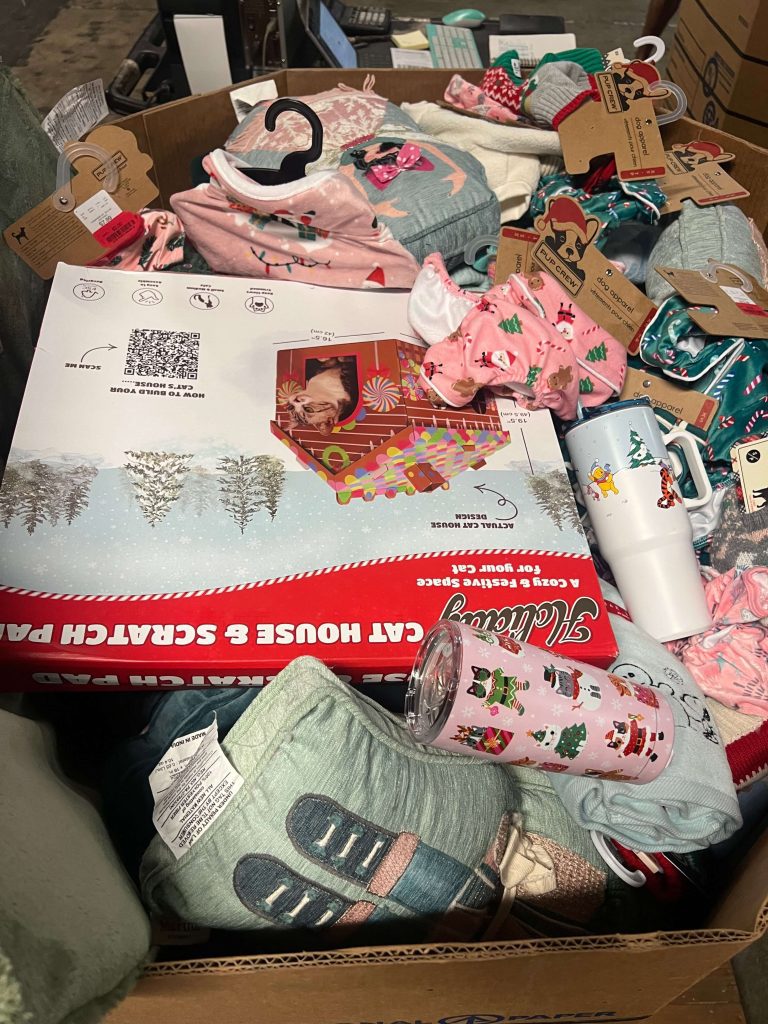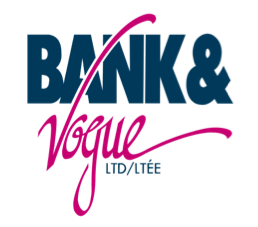Why Peak Season Matters — and Why Reuse Is Essential
During the holiday season, global trade and retail supply chains experience a surge in activity. According to supply-chain analyses, peak season aligns with major shopping periods such as year-end holidays and festive promotions. For the reuse and secondhand textile sector, this period is more than just a sales window — it’s an opportunity to reinforce circular economy practices.
At Bank & Vogue, we believe that reuse plays a critical role in meeting seasonal demand sustainably. The Ellen MacArthur Foundation defines a circular textile system as one in which “clothes, textiles, and fibres are kept at their highest value during use and re-enter the economy after use.” By applying these principles to peak-season trading, responsible textile traders ensure garments continue their lifecycle, reducing the need for virgin production and aligning with global circularity goals.
How Reuse During Peak Season Drives Circular Holiday Demand
Responsible traders understand that meeting increased demand requires more than speed — it requires foresight, transparency, and care in handling reused textiles.
1. Curated Supply-Chain Planning and Early Demand Alignment
Peak season can challenge even the most efficient supply chains. Ports become congested and raw-material delays ripple across markets. To mitigate this, Bank & Vogue and other responsible traders plan ahead:
- Forecasting demand: anticipating regional and product-specific needs months in advance.
- Sourcing reuse inventory early: securing high-quality baled textiles that meet climate and style preferences for diverse global markets.
- Ensuring quality and consistency: applying meticulous sorting standards to guarantee garments are market-ready for resellers.
- Optimizing logistics: coordinating shipments ahead of congestion to keep delivery timelines steady.
This proactive approach maintains garment value while meeting circular demand at scale.

2. Preserving Value Through Market-Specific Segmentation
Not every reused garment suits every market. Responsible traders tailor product selection to the realities of each destination:
- Climate-based curation: warm-climate regions such as Latin America need lighter “tropical mix” apparel, not heavy winter wear.
- Condition and resale potential: garments must be sorted for durability, style, and price point to maximize resale opportunity.
- Smart packaging and labeling: well-organized, clearly labeled bales reduce handling time for resellers and speed up circulation in informal markets.
This value-driven segmentation helps extend garment life and supports local micro-entrepreneurs — a key component of the circular economy.
3. Transparency and Traceability Across the Reuse Chain
Modern circularity depends on data and accountability. Traders that document sorting methods, shipment details, and product origins earn customer trust while improving efficiency. Responsible suppliers also communicate the broader impact of reuse — from carbon savings to community livelihoods — reinforcing circular values with every transaction.
At Bank & Vogue, transparency is central to our mission. We work with suppliers and buyers across more than 30 countries to ensure our reused textiles maintain both quality and traceability, even during the busiest seasons.
The Bank & Vogue Approach: Circular Planning for the Holidays
Pre-season (3–4 months ahead):
- Assess inventory and prioritize reusable textiles for peak-season demand.
- Secure logistics and freight capacity before bottlenecks begin.
- Share product catalogues and shipping timelines with B2B partners.
During season:
- Maintain strict quality control on sorting and baling.
- Offer flexible shipment sizes for diverse resellers.
- Communicate clearly about shipping lead times and delivery windows.
Post-season:
- Analyze performance data (sales speed, region, condition feedback).
- Gather reseller insights to refine next year’s sorting categories.
- Report reuse impact to highlight circular contributions across the network.
Why Responsible Reuse Benefits Everyone
- Circular value retention – Extending garment lifecycles keeps resources in circulation and reduces demand for virgin materials.
- Social and economic benefits – The reuse trade creates thousands of jobs in sorting, transport, and resale markets worldwide.
- Risk mitigation – By relying on reused textiles rather than new production, traders buffer against material shortages and shipping volatility.
- Sustainability leadership – Demonstrating measurable circular practices differentiates suppliers like Bank & Vogue in a competitive global market.
About Bank & Vogue
Bank & Vogue is a global leader in the reuse and resale industry, connecting suppliers and buyers of used textiles, footwear, and accessories across more than 30 countries. Our mission is to keep textiles in use for as long as possible — building a more sustainable and truly circular fashion ecosystem.
Explore related insights:








